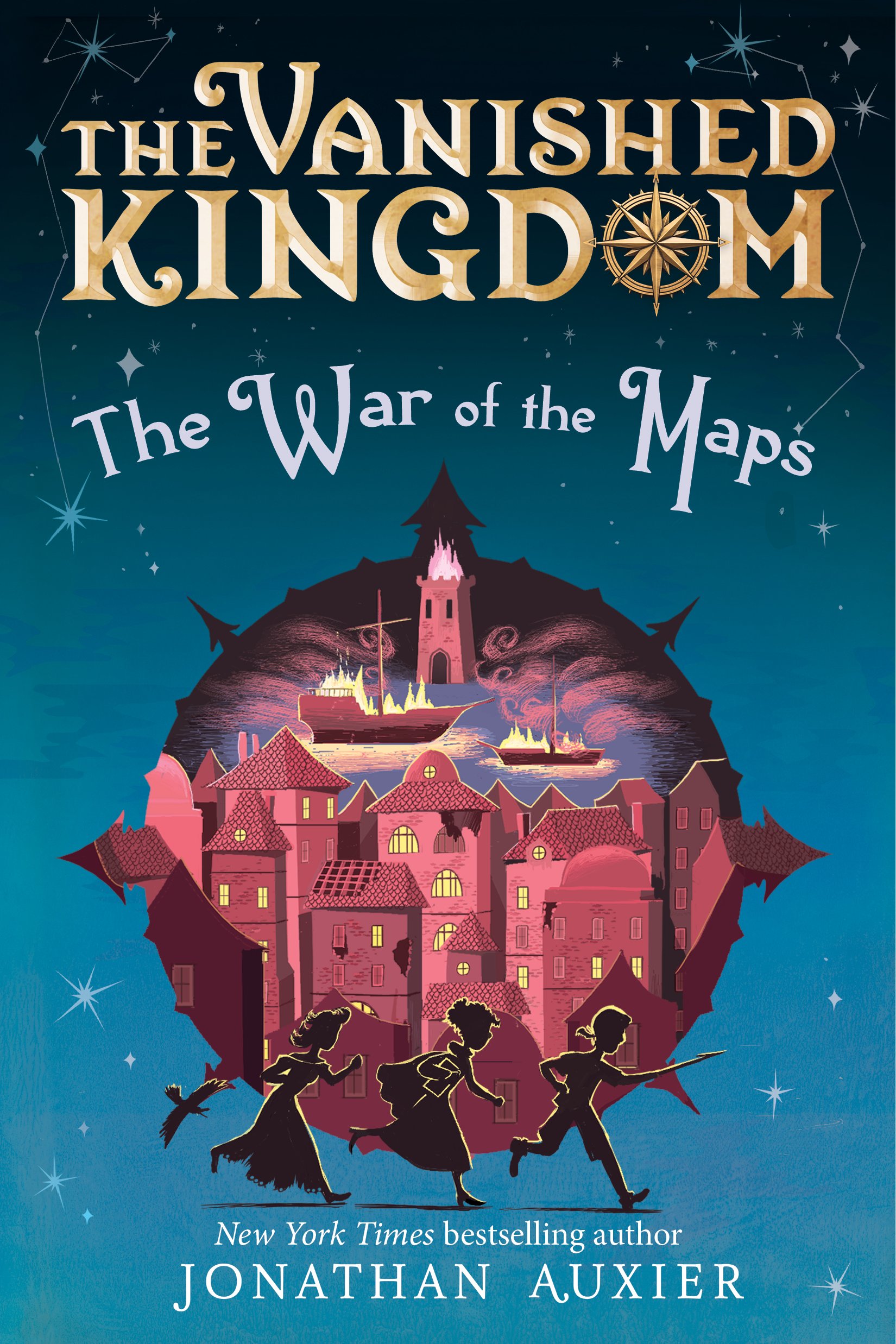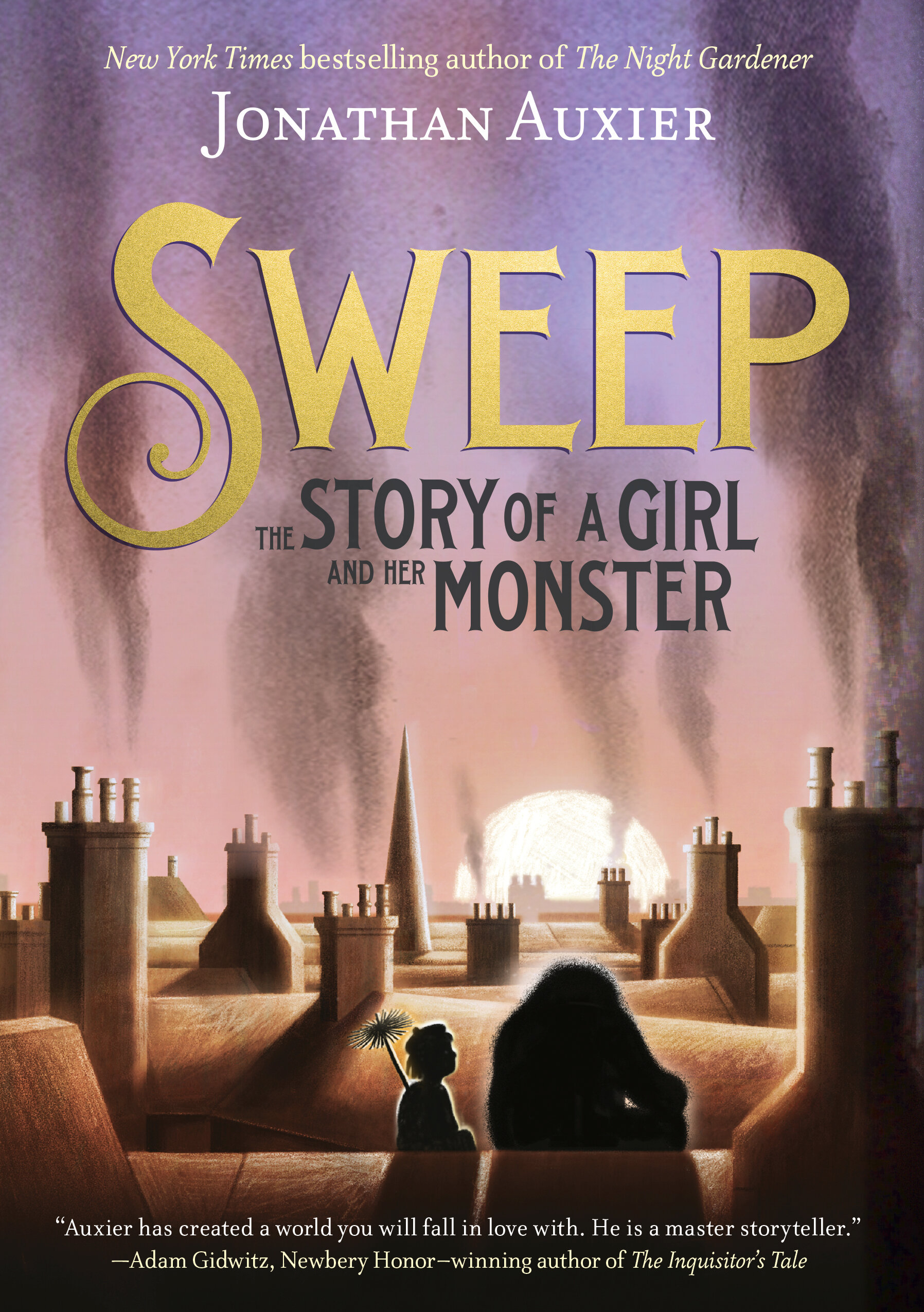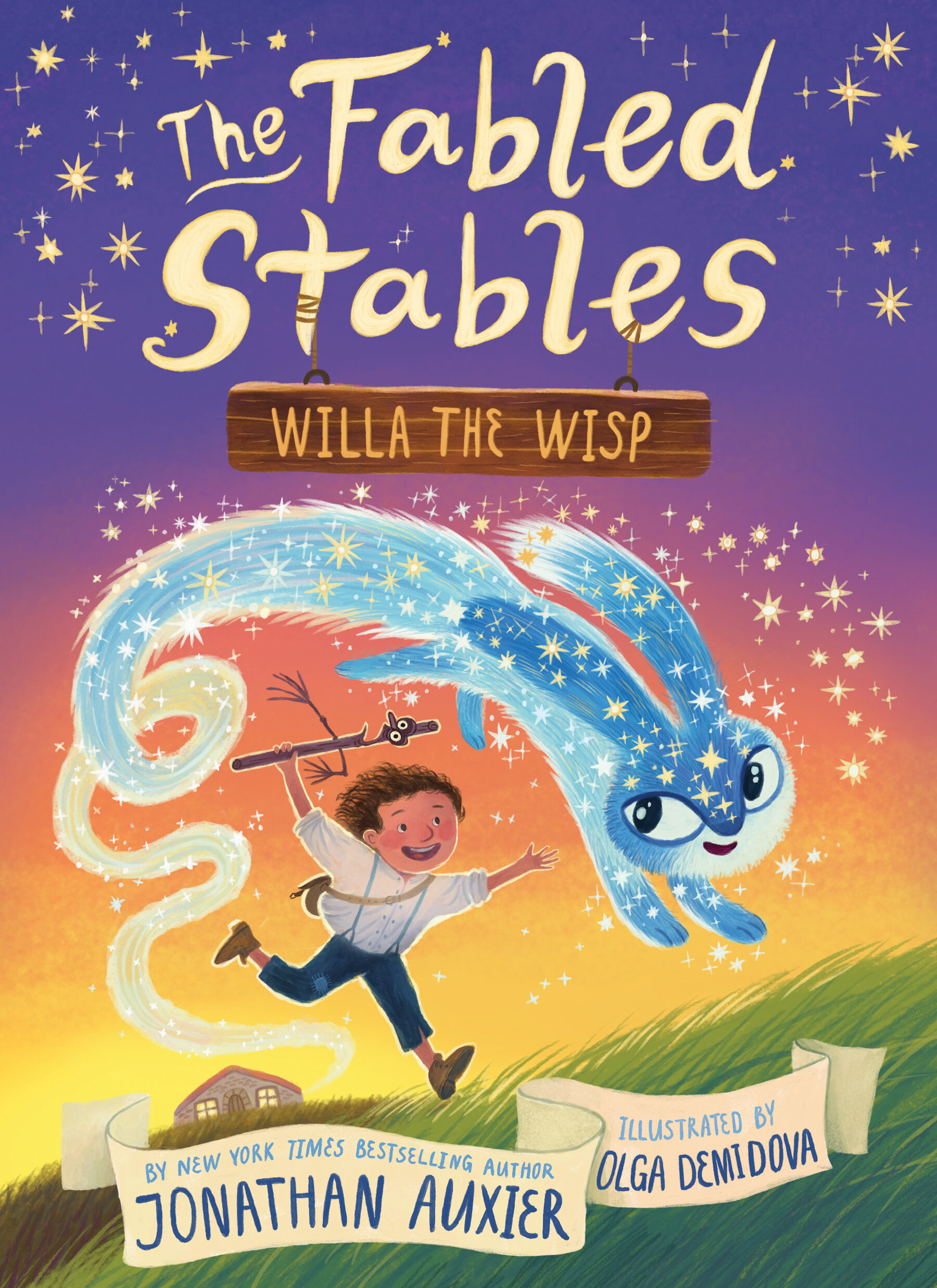I get a fair number of letters from readers wanting to know when the next Peter Nimble adventure will be coming out. I don't have any immediate plans to write another Peter story, so in the meantime, here are some books I *strongly* recommend to people who liked Peter Nimble. All three of these titles are packed with adventure, danger, wordplay, and just the right amount of silliness. Check them out!
MAGIC MARKS THE SPOT - by Caroline Carlson
 From Goodreads: Pirates! Magic! Treasure! A gargoyle? Caroline Carlson's hilarious novel is perfect for fans of Lemony Snicket's Series of Unfortunate Events and Trenton Lee Stewart's Mysterious Benedict Society. Hilary Westfield has always dreamed of being a pirate. She can tread water for thirty-seven minutes. She can tie a knot faster than a fleet of sailors, and she already owns a rather pointy sword. There's only one problem: The Very Nearly Honorable Leage of Pirates refuses to let any girl join their ranks of scourges and scallywags. But Hilary is not the kind of girl to take no for answer. To escape a life of petticoats and politeness at her stuffy finishing school, Hilary sets out in search of her own seaworthy adventure, where she gets swept up in a madcap quest involving a map without an X, a magical treasure that likely doesn't exist, a talking gargoyle, a crew of misfit scallywags, and the most treacherous—and unexpected—villain on the High Seas. Written with uproarious wit and an inviting storyteller tone, the first book in Caroline Carlson's quirky seafaring series is a piratical tale like no other
From Goodreads: Pirates! Magic! Treasure! A gargoyle? Caroline Carlson's hilarious novel is perfect for fans of Lemony Snicket's Series of Unfortunate Events and Trenton Lee Stewart's Mysterious Benedict Society. Hilary Westfield has always dreamed of being a pirate. She can tread water for thirty-seven minutes. She can tie a knot faster than a fleet of sailors, and she already owns a rather pointy sword. There's only one problem: The Very Nearly Honorable Leage of Pirates refuses to let any girl join their ranks of scourges and scallywags. But Hilary is not the kind of girl to take no for answer. To escape a life of petticoats and politeness at her stuffy finishing school, Hilary sets out in search of her own seaworthy adventure, where she gets swept up in a madcap quest involving a map without an X, a magical treasure that likely doesn't exist, a talking gargoyle, a crew of misfit scallywags, and the most treacherous—and unexpected—villain on the High Seas. Written with uproarious wit and an inviting storyteller tone, the first book in Caroline Carlson's quirky seafaring series is a piratical tale like no other
THE GOBLIN'S PUZZLE - by Andrew Chilton
 Brimming with dragons, goblins, and logic puzzles, this middle-grade fantasy adventure is perfect for readers who enjoyed The Princess Bride or Rump.
Brimming with dragons, goblins, and logic puzzles, this middle-grade fantasy adventure is perfect for readers who enjoyed The Princess Bride or Rump.
THE BOY is a nameless slave on a mission to uncover his true destiny.
THE GOBLIN holds all the answers, but he’s too tricky to be trusted.
PLAIN ALICE is a bookish peasant girl carried off by a confused dragon.
And PRINCESS ALICE is the lucky girl who wasn’t kidnapped.
All four are tangled up in a sinister plot to take over the kingdom, and together they must face kind monsters, a cruel magician, and dozens of deathly boring palace bureaucrats. They’re a ragtag bunch, but with strength, courage, and plenty of deductive reasoning, they just might outwit the villains and crack the goblin’s puzzle.
THE LUCK UGLIES - by Paul Durham
 The Luck Uglies is the first in a tween fantasy-adventure trilogy brimming with legends come to life, a charming wit, and a fantastic cast of characters-and is imbued throughout with the magic of storytelling.
The Luck Uglies is the first in a tween fantasy-adventure trilogy brimming with legends come to life, a charming wit, and a fantastic cast of characters-and is imbued throughout with the magic of storytelling.
Strange things are happening in Village Drowning, and a terrifying encounter has Rye O'Chanter convinced that the monstrous, supposedly extinct Bog Noblins have returned.
Now Rye's only hope is an exiled secret society so notorious its name can't be spoken aloud: the Luck Uglies. As Rye dives into Village Drowning's maze of secrets, rules, and lies, she'll discover the truth behind the village's legends of outlaws and beasts...and that it may take a villain to save them from the monsters.
The first in a series, The Luck Uglies is an altogether irresistible cross of Lloyd Alexander's Chronicles of Prydain, Stefan Bachmann's The Peculiar, and Chris Healy's The Hero's Guide to Saving Your Kingdom, overflowing with adventure, secrets, friendship, and magic.


 This weekend, we had an impromptu
This weekend, we had an impromptu 
 Hi all! Just wanted to put up a quick post to share that I recently wrote
Hi all! Just wanted to put up a quick post to share that I recently wrote 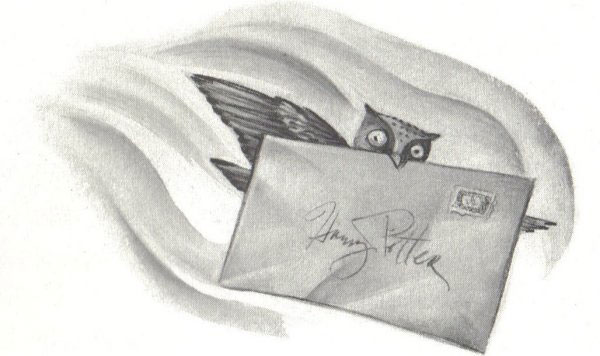 I had a young writer ask me for advice on how to weave exposition into her fantasy story. The "infodump" is a hurdle for every worldbuilding storyteller. Readers need to know certain things about the world, but they don't want to be bogged down with endless exposition. I figured my answer might be worth posting here ...
I had a young writer ask me for advice on how to weave exposition into her fantasy story. The "infodump" is a hurdle for every worldbuilding storyteller. Readers need to know certain things about the world, but they don't want to be bogged down with endless exposition. I figured my answer might be worth posting here ...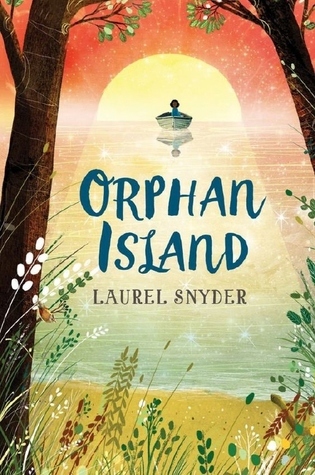
 From Goodreads: Pirates! Magic! Treasure! A gargoyle? Caroline Carlson's hilarious novel is perfect for fans of Lemony Snicket's Series of Unfortunate Events and Trenton Lee Stewart's Mysterious Benedict Society. Hilary Westfield has always dreamed of being a pirate. She can tread water for thirty-seven minutes. She can tie a knot faster than a fleet of sailors, and she already owns a rather pointy sword. There's only one problem: The Very Nearly Honorable Leage of Pirates refuses to let any girl join their ranks of scourges and scallywags. But Hilary is not the kind of girl to take no for answer. To escape a life of petticoats and politeness at her stuffy finishing school, Hilary sets out in search of her own seaworthy adventure, where she gets swept up in a madcap quest involving a map without an X, a magical treasure that likely doesn't exist, a talking gargoyle, a crew of misfit scallywags, and the most treacherous—and unexpected—villain on the High Seas. Written with uproarious wit and an inviting storyteller tone, the first book in Caroline Carlson's quirky seafaring series is a piratical tale like no other
From Goodreads: Pirates! Magic! Treasure! A gargoyle? Caroline Carlson's hilarious novel is perfect for fans of Lemony Snicket's Series of Unfortunate Events and Trenton Lee Stewart's Mysterious Benedict Society. Hilary Westfield has always dreamed of being a pirate. She can tread water for thirty-seven minutes. She can tie a knot faster than a fleet of sailors, and she already owns a rather pointy sword. There's only one problem: The Very Nearly Honorable Leage of Pirates refuses to let any girl join their ranks of scourges and scallywags. But Hilary is not the kind of girl to take no for answer. To escape a life of petticoats and politeness at her stuffy finishing school, Hilary sets out in search of her own seaworthy adventure, where she gets swept up in a madcap quest involving a map without an X, a magical treasure that likely doesn't exist, a talking gargoyle, a crew of misfit scallywags, and the most treacherous—and unexpected—villain on the High Seas. Written with uproarious wit and an inviting storyteller tone, the first book in Caroline Carlson's quirky seafaring series is a piratical tale like no other Brimming with dragons, goblins, and logic puzzles, this middle-grade fantasy adventure is perfect for readers who enjoyed The Princess Bride or Rump.
Brimming with dragons, goblins, and logic puzzles, this middle-grade fantasy adventure is perfect for readers who enjoyed The Princess Bride or Rump. The Luck Uglies is the first in a tween fantasy-adventure trilogy brimming with legends come to life, a charming wit, and a fantastic cast of characters-and is imbued throughout with the magic of storytelling.
The Luck Uglies is the first in a tween fantasy-adventure trilogy brimming with legends come to life, a charming wit, and a fantastic cast of characters-and is imbued throughout with the magic of storytelling.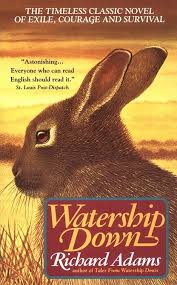


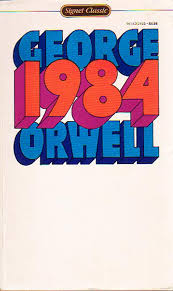 This season has been one of re-reading books from my past. This was not deliberate; it just seemed that every time I reached for a new book, the closest at hand was one I had read before.
I do not generally re-read books that often. Every five years or so, I find something that impresses me so much that I read it twice over. (
This season has been one of re-reading books from my past. This was not deliberate; it just seemed that every time I reached for a new book, the closest at hand was one I had read before.
I do not generally re-read books that often. Every five years or so, I find something that impresses me so much that I read it twice over. ( However, this recent sprint of re-reads has forced me to reflect on what a pleasure it is to come back to a book after time off. To live inside a story more than is absolutely necessary. When I was younger, I re-read books all the time. At around 10 years old, I fell deeply in love with Through The Looking-Glass. (It actually began when I saw
However, this recent sprint of re-reads has forced me to reflect on what a pleasure it is to come back to a book after time off. To live inside a story more than is absolutely necessary. When I was younger, I re-read books all the time. At around 10 years old, I fell deeply in love with Through The Looking-Glass. (It actually began when I saw  When I think of re-reading, I am reminded of something Jacqueline Woodson once said in an NPR interview. Woodson was being asked to remark about the fact that her older sister was actually the serious reader in the family--and how strange it was that Woodson ended up being the one to devote her life to literature. I don't have the transcript, but I recall her saying something about the fact that even though she did not read many books growing up, when she did read, she went deep. That's something I can identify with. And it's something I had forgotten about as of late.
When I think of re-reading, I am reminded of something Jacqueline Woodson once said in an NPR interview. Woodson was being asked to remark about the fact that her older sister was actually the serious reader in the family--and how strange it was that Woodson ended up being the one to devote her life to literature. I don't have the transcript, but I recall her saying something about the fact that even though she did not read many books growing up, when she did read, she went deep. That's something I can identify with. And it's something I had forgotten about as of late.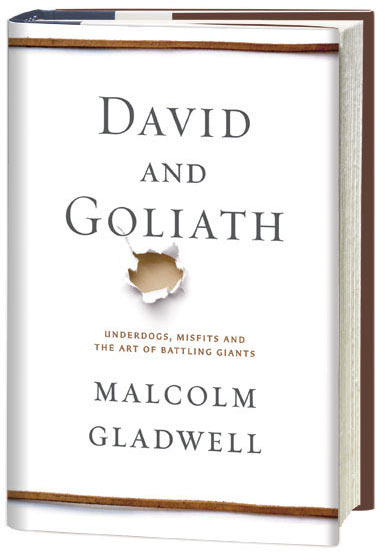 This week I found myself briefly stranded without a book, and so I to re-read Malcolm Gladwell's
This week I found myself briefly stranded without a book, and so I to re-read Malcolm Gladwell's 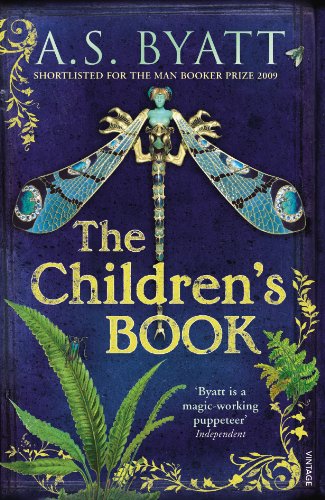
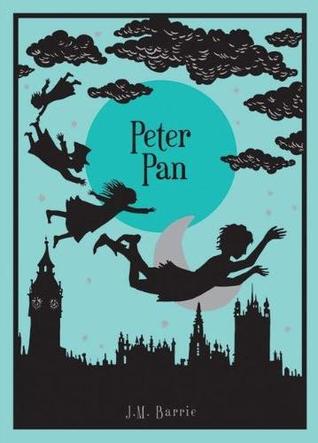 The book has many disturbing elements, but this was the most disturbing by far: that the selfishness of Olive Wellwood in her writing harmed her son more than anything else. This mirrors a real-life tradition of authors publishing private stories originally created for/with children:
The book has many disturbing elements, but this was the most disturbing by far: that the selfishness of Olive Wellwood in her writing harmed her son more than anything else. This mirrors a real-life tradition of authors publishing private stories originally created for/with children:  Byatt forces readers to ask if the cost is too high. Yes, we have Winnie the Pooh, Alice in Wonderland, and Peter Pan, but those masterworks came at the expense of real people's happiness. I consider myself a loving father and husband, and I certainly do no conscious harm to my children. But I have always been unapologetic about using details from real life in my books--it's all fair game if it serves the story. Byatt's novel made me reconsider this long-held stance, which is no small thing.
Byatt forces readers to ask if the cost is too high. Yes, we have Winnie the Pooh, Alice in Wonderland, and Peter Pan, but those masterworks came at the expense of real people's happiness. I consider myself a loving father and husband, and I certainly do no conscious harm to my children. But I have always been unapologetic about using details from real life in my books--it's all fair game if it serves the story. Byatt's novel made me reconsider this long-held stance, which is no small thing.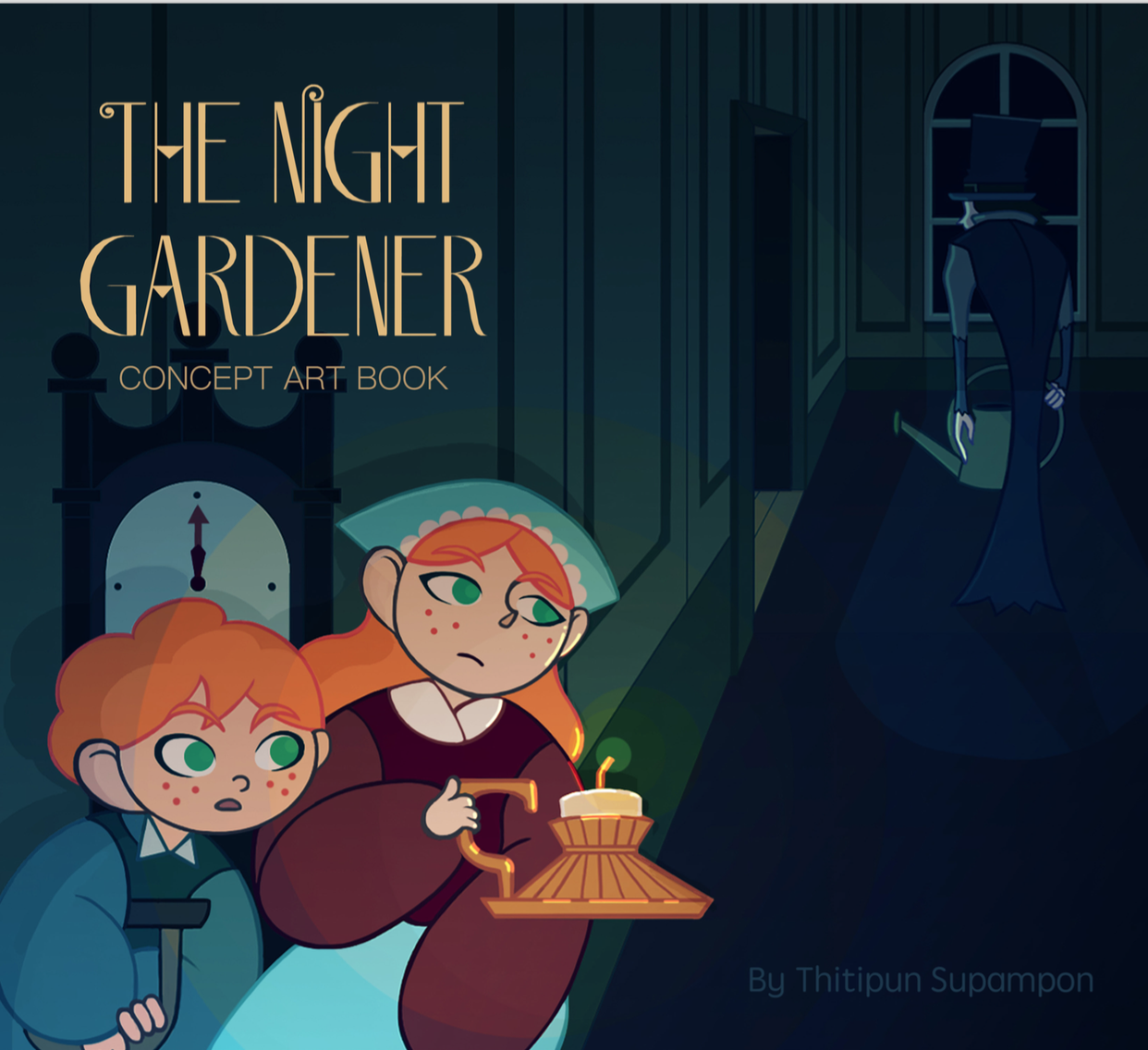 Every author loves getting fan art of characters from their books! At some point, I plan to put up a few gallery posts. In the meantime, I recently saw these amazing Night Gardener concept drawings by a Thai art student named Thithipun Supampon. "Fan art" isn't quite the right word for this--Thithipun is a freelance illustrator and these drawings are part of a thesis project. You can see more of their work
Every author loves getting fan art of characters from their books! At some point, I plan to put up a few gallery posts. In the meantime, I recently saw these amazing Night Gardener concept drawings by a Thai art student named Thithipun Supampon. "Fan art" isn't quite the right word for this--Thithipun is a freelance illustrator and these drawings are part of a thesis project. You can see more of their work 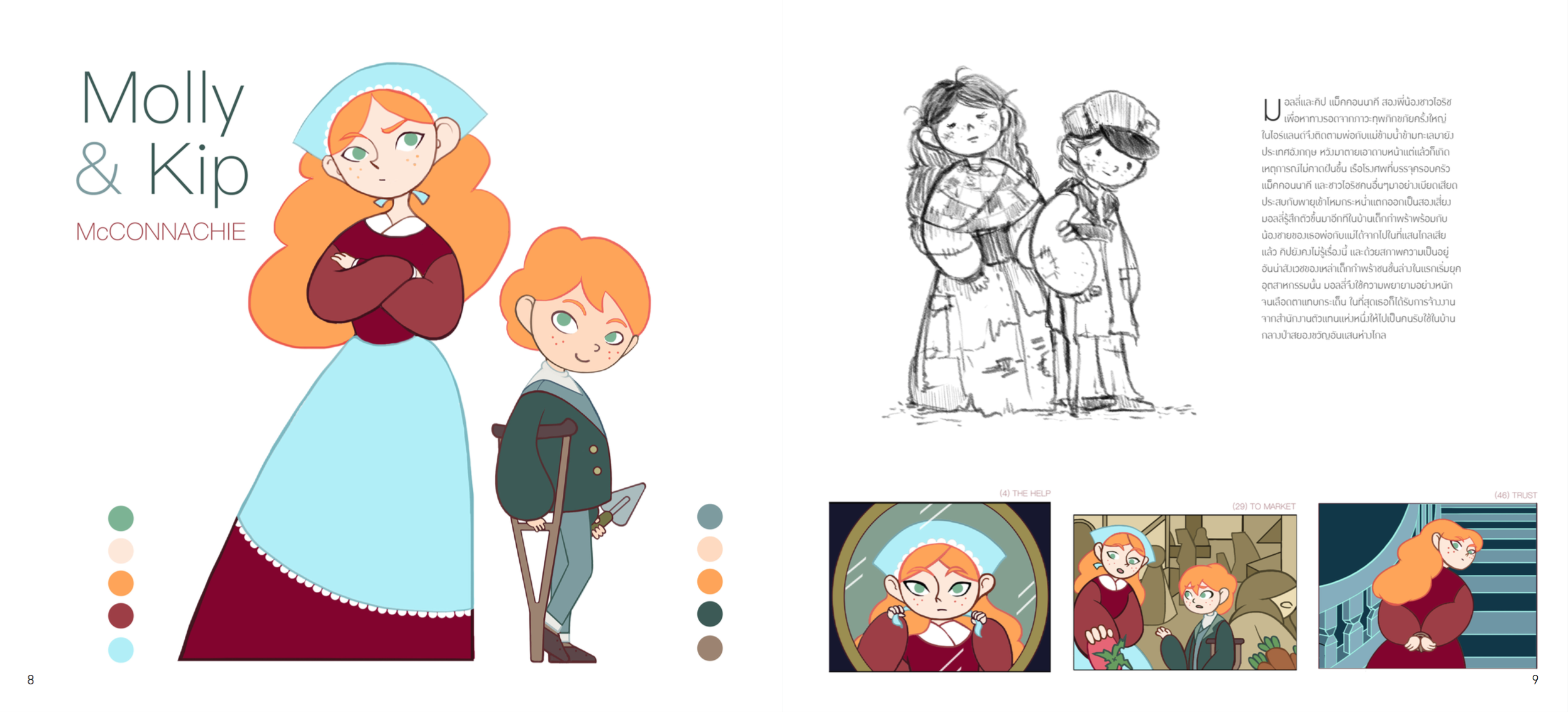
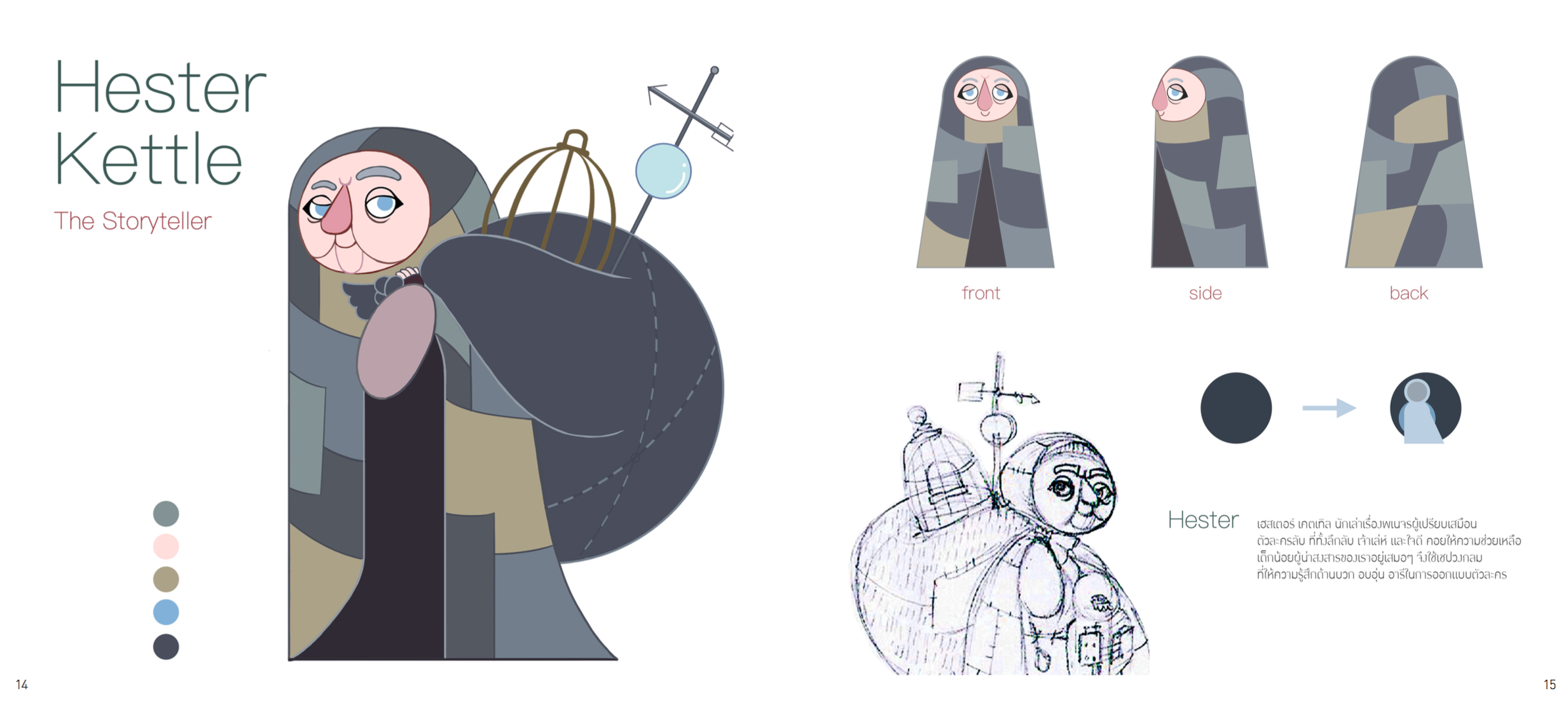
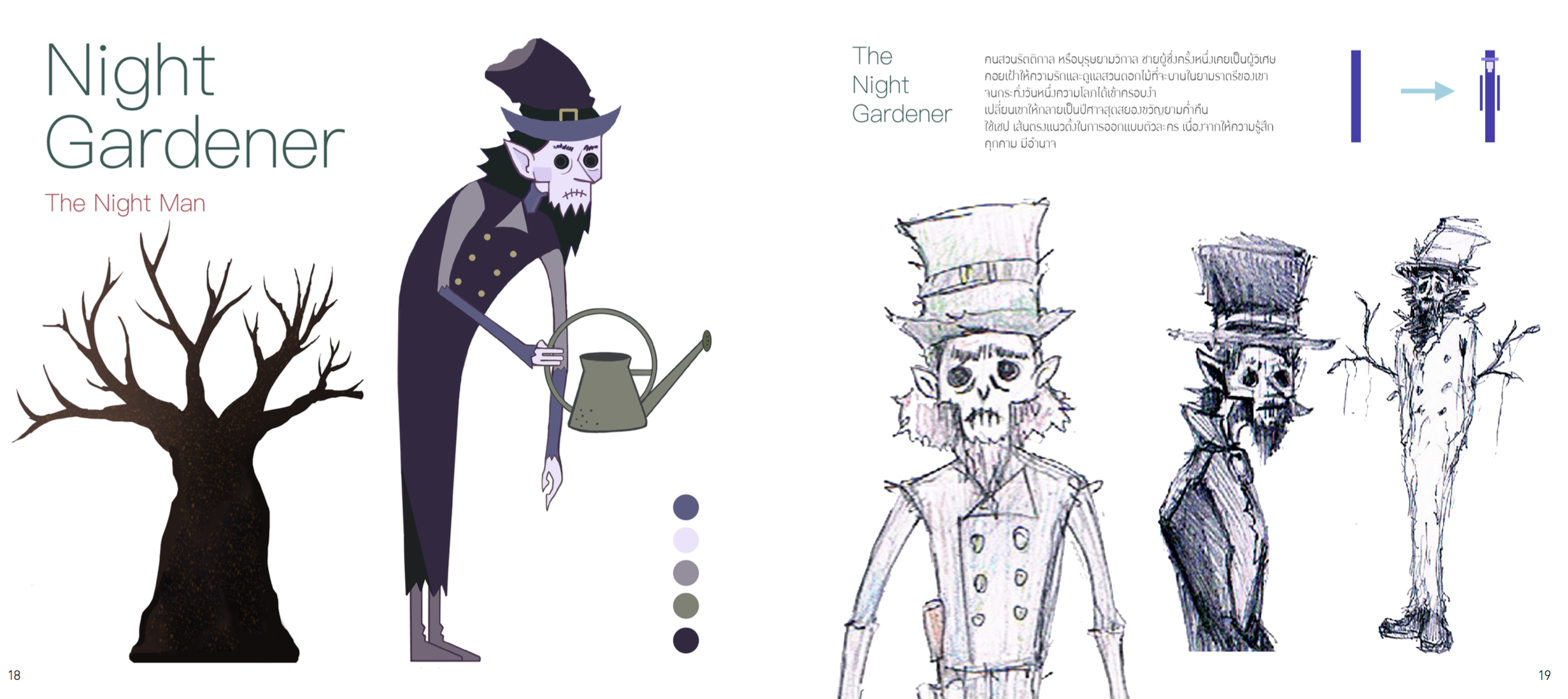
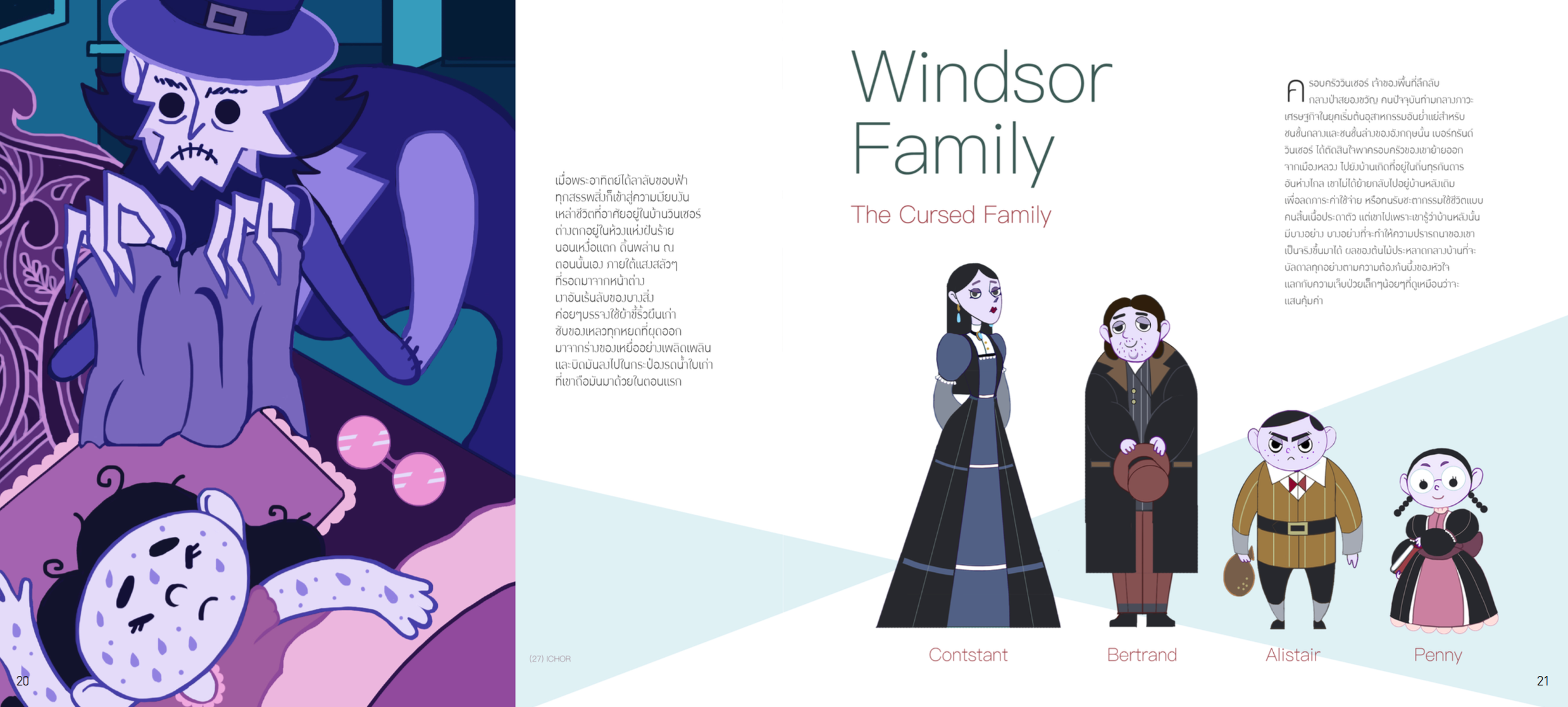
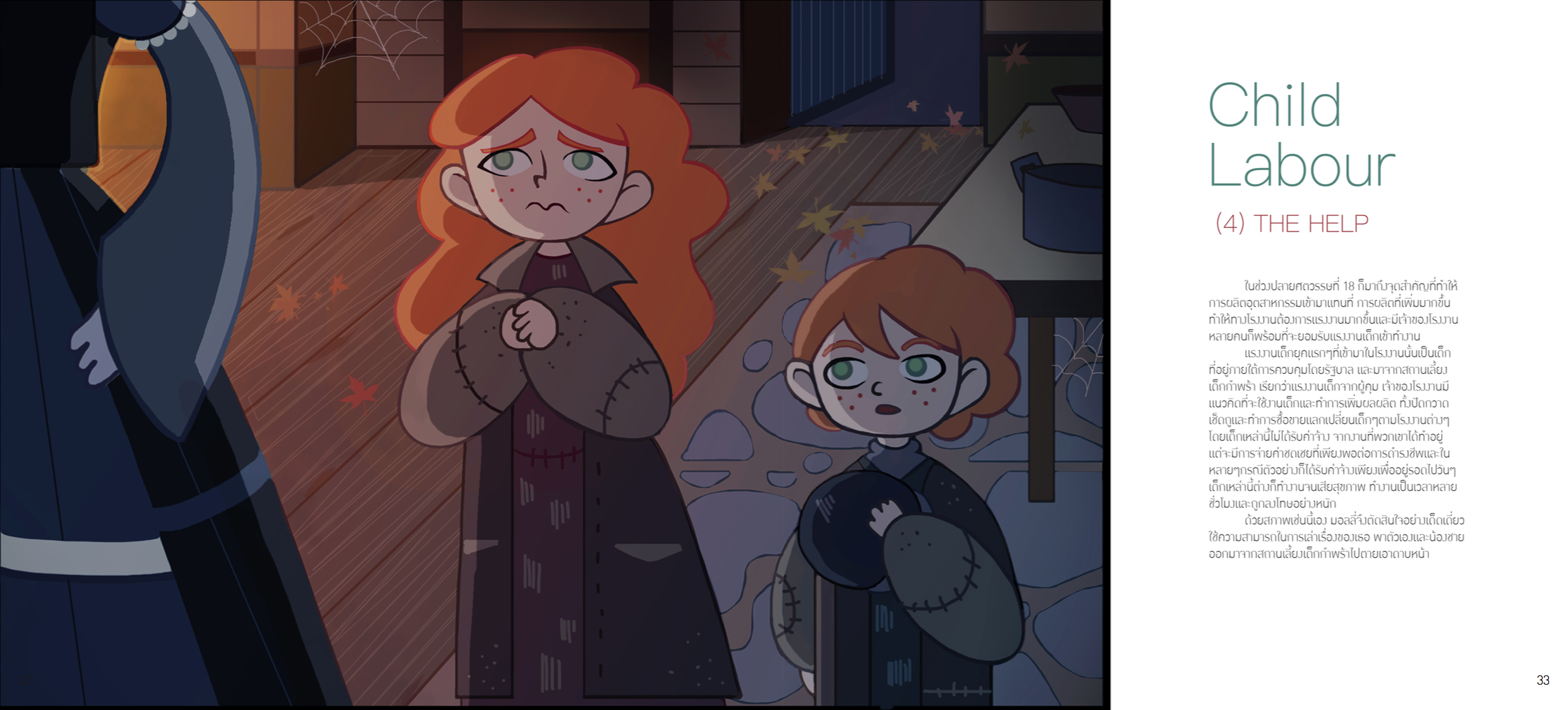
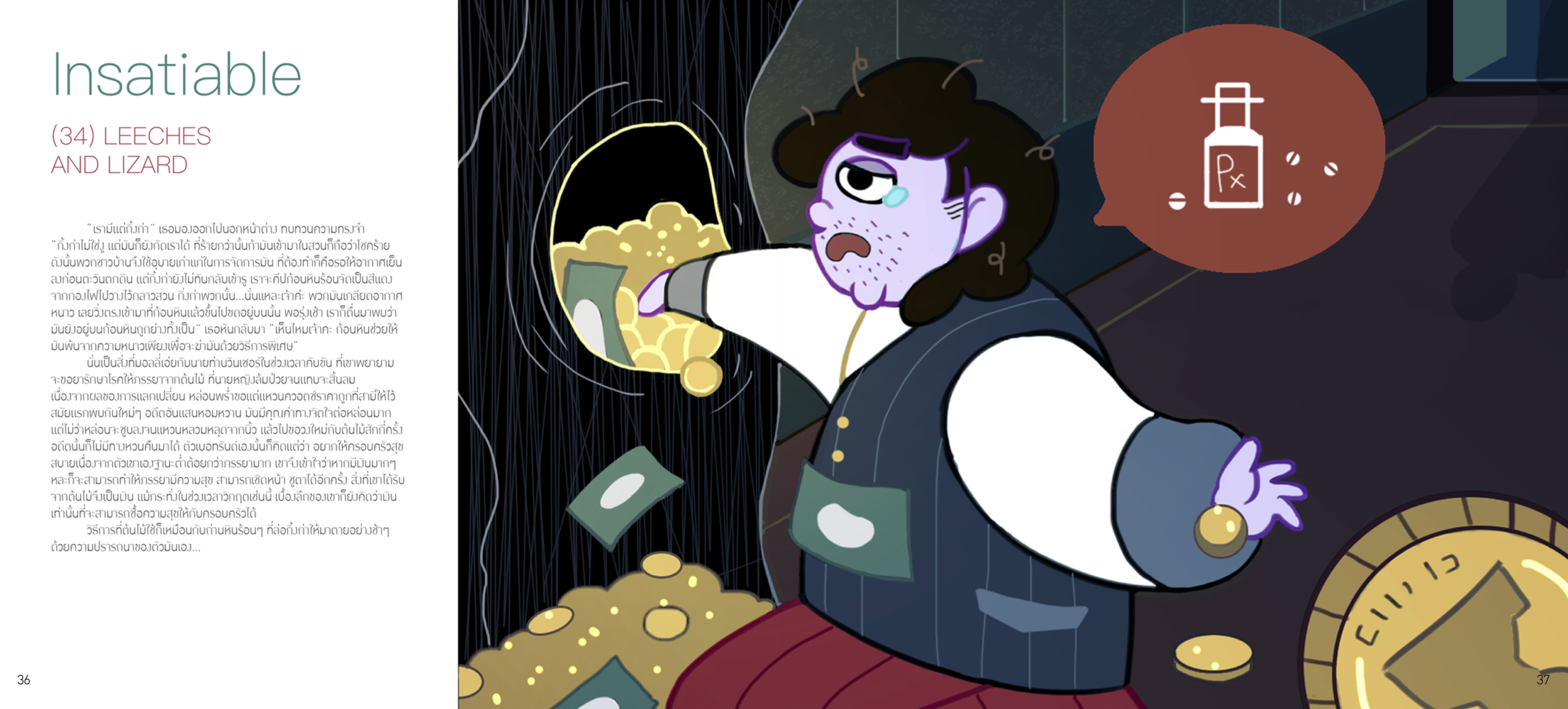
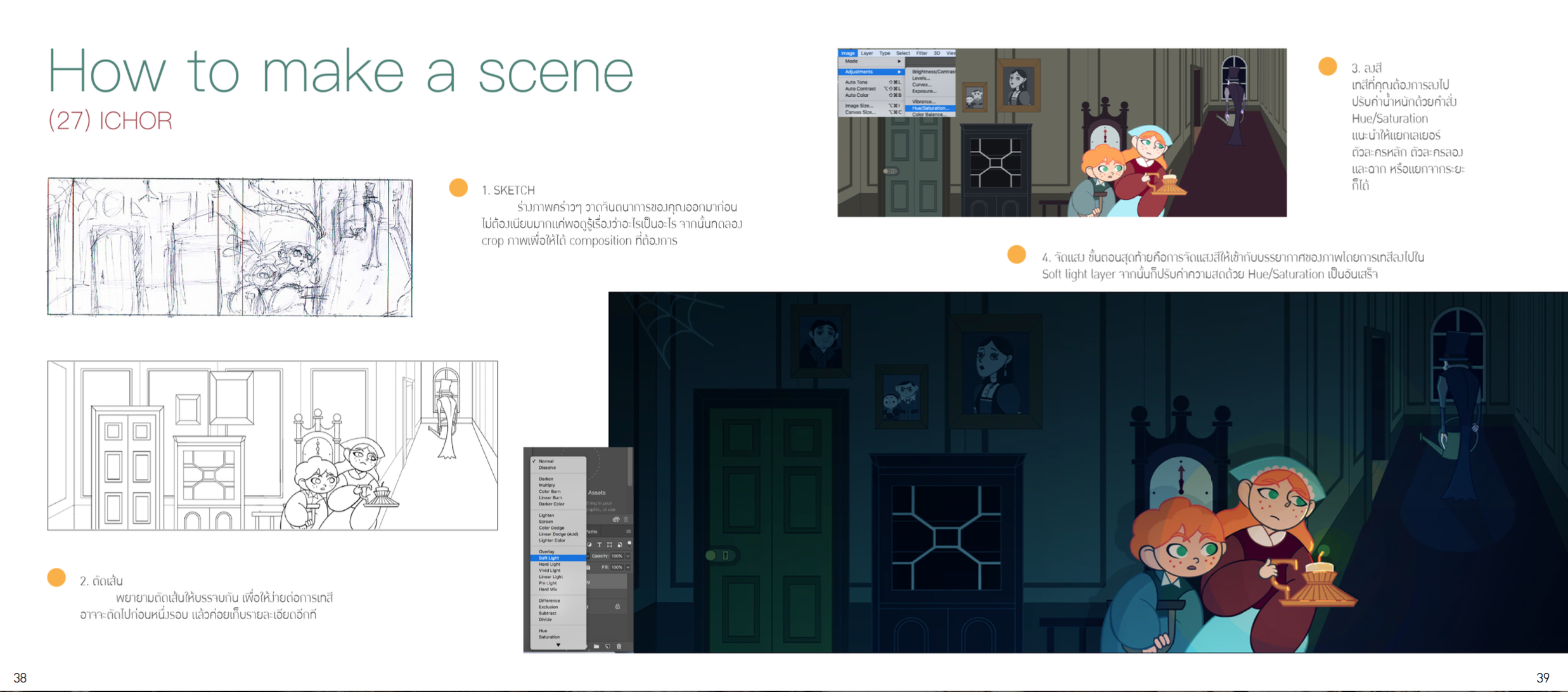
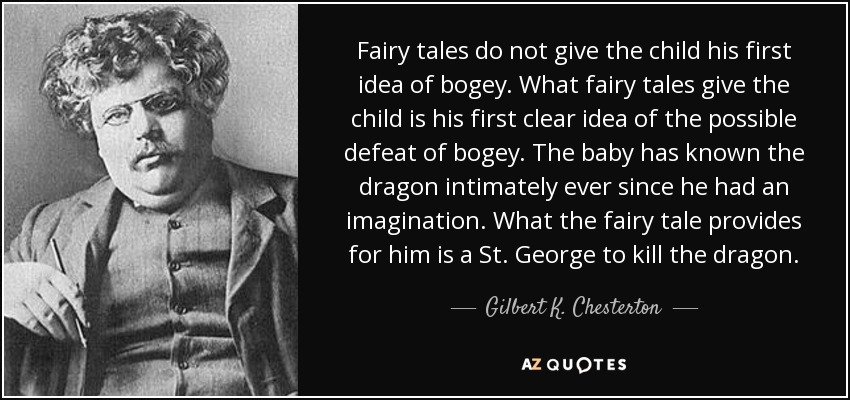
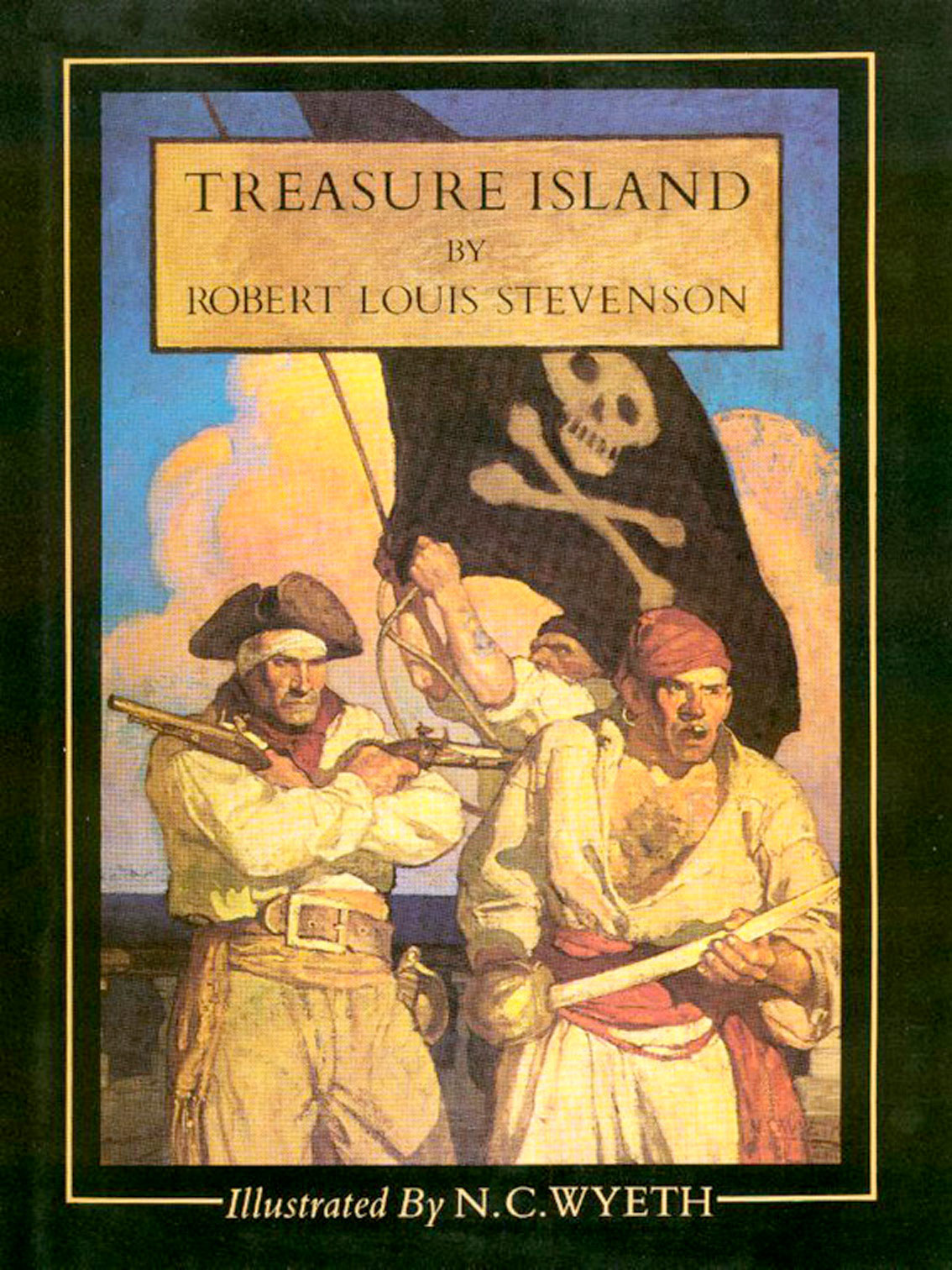 This last week for my Children's Literature course, we read Treasure Island. This is a book I have loved for a long time -- the character of Old Pew was a major influence on Peter Nimble.
Recently, I had students watch a
This last week for my Children's Literature course, we read Treasure Island. This is a book I have loved for a long time -- the character of Old Pew was a major influence on Peter Nimble.
Recently, I had students watch a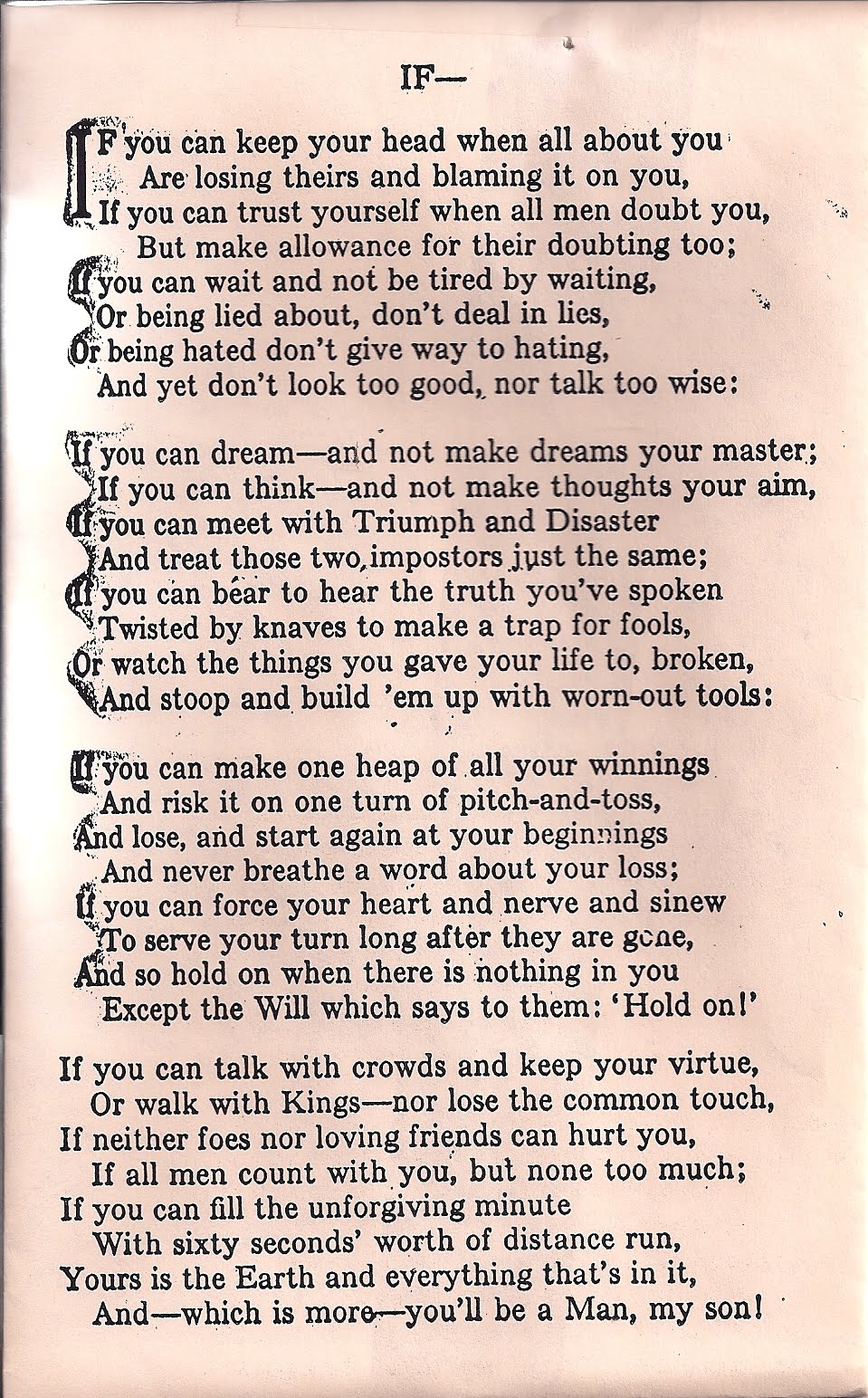 ning test of Jim's character -- a moment where he places the integrity of his word as an English Gentleman over even his life.
ning test of Jim's character -- a moment where he places the integrity of his word as an English Gentleman over even his life.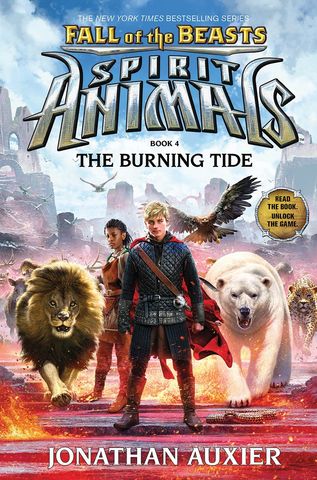
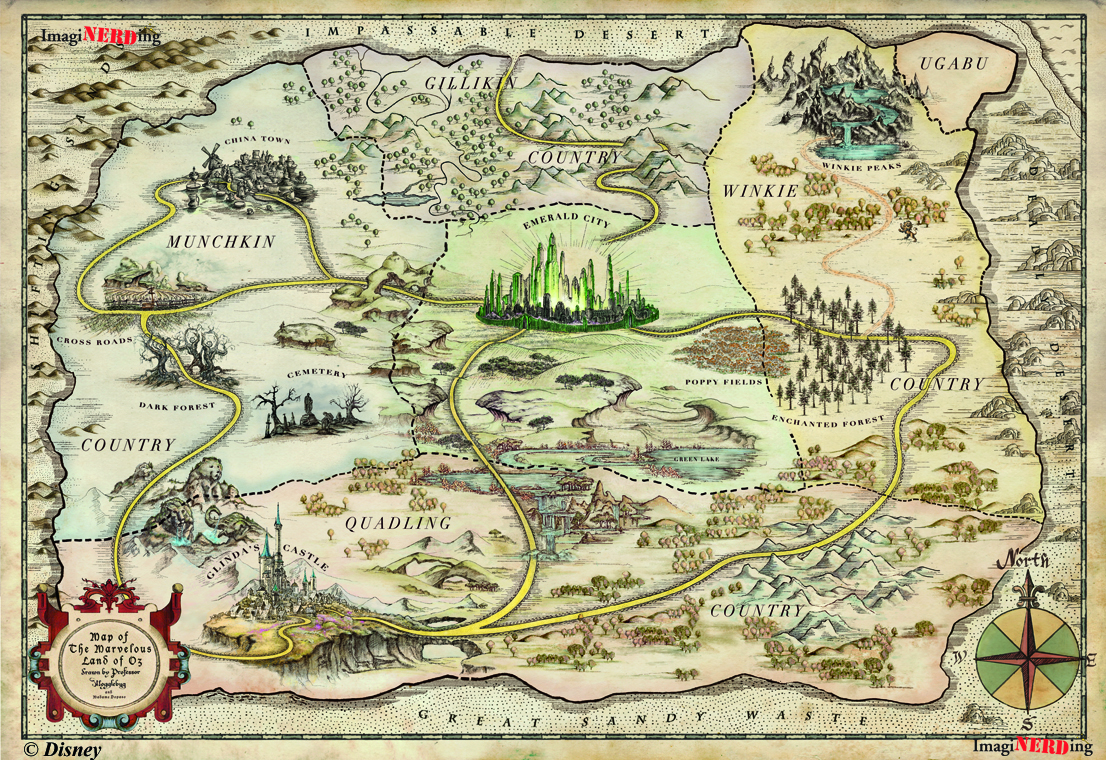 When I teach my Children's Literature course, I always start with a lecture on the "Golden Age" of children's literature--starting with Alice's Adventures in Wonderland and ending (to my thinking) with Peter & Wendy. I wrap up the lecture by identifying six Golden Age children's authors who set the template for what the genre would become in the century to follow. On the list is L Frank Baum, who I credit with creating something that has perhaps had the greatest impact on contemporary storytelling: platform worldbuilding.
When I teach my Children's Literature course, I always start with a lecture on the "Golden Age" of children's literature--starting with Alice's Adventures in Wonderland and ending (to my thinking) with Peter & Wendy. I wrap up the lecture by identifying six Golden Age children's authors who set the template for what the genre would become in the century to follow. On the list is L Frank Baum, who I credit with creating something that has perhaps had the greatest impact on contemporary storytelling: platform worldbuilding. Storytelling utilizes three main tools: character, setting, and action. At various points in history, popular stories have emphasized one or another of these elements. Presently, we are entering an age that celebrates setting above all. Today we value not just compelling narratives (Shakespeare) or characters (Dickens), but settings rich enough to contain a multitude of characters and plots. Think of visionaries like
Storytelling utilizes three main tools: character, setting, and action. At various points in history, popular stories have emphasized one or another of these elements. Presently, we are entering an age that celebrates setting above all. Today we value not just compelling narratives (Shakespeare) or characters (Dickens), but settings rich enough to contain a multitude of characters and plots. Think of visionaries like  Every fall I teach a class at
Every fall I teach a class at 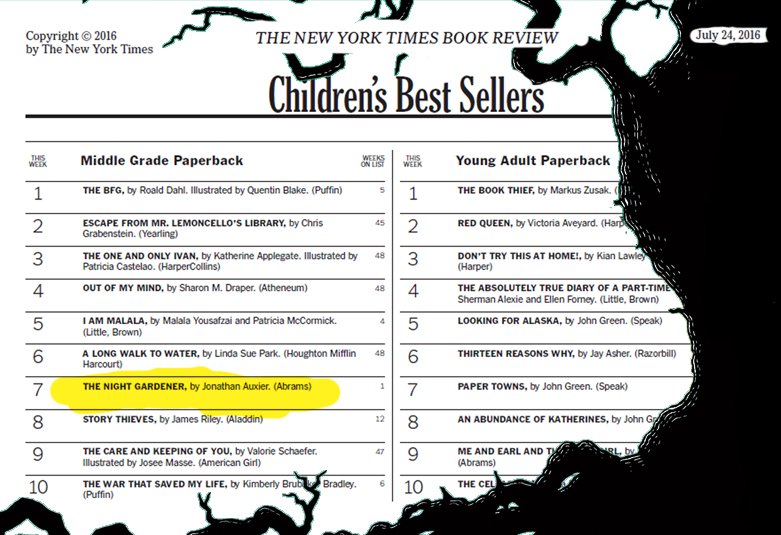
 I had a great chat with Rege Behe from the Pittsburgh Tribune-Review about Sophie Quire and the power of stories--including this bit about the inspiration behind the whole book:
I had a great chat with Rege Behe from the Pittsburgh Tribune-Review about Sophie Quire and the power of stories--including this bit about the inspiration behind the whole book:
